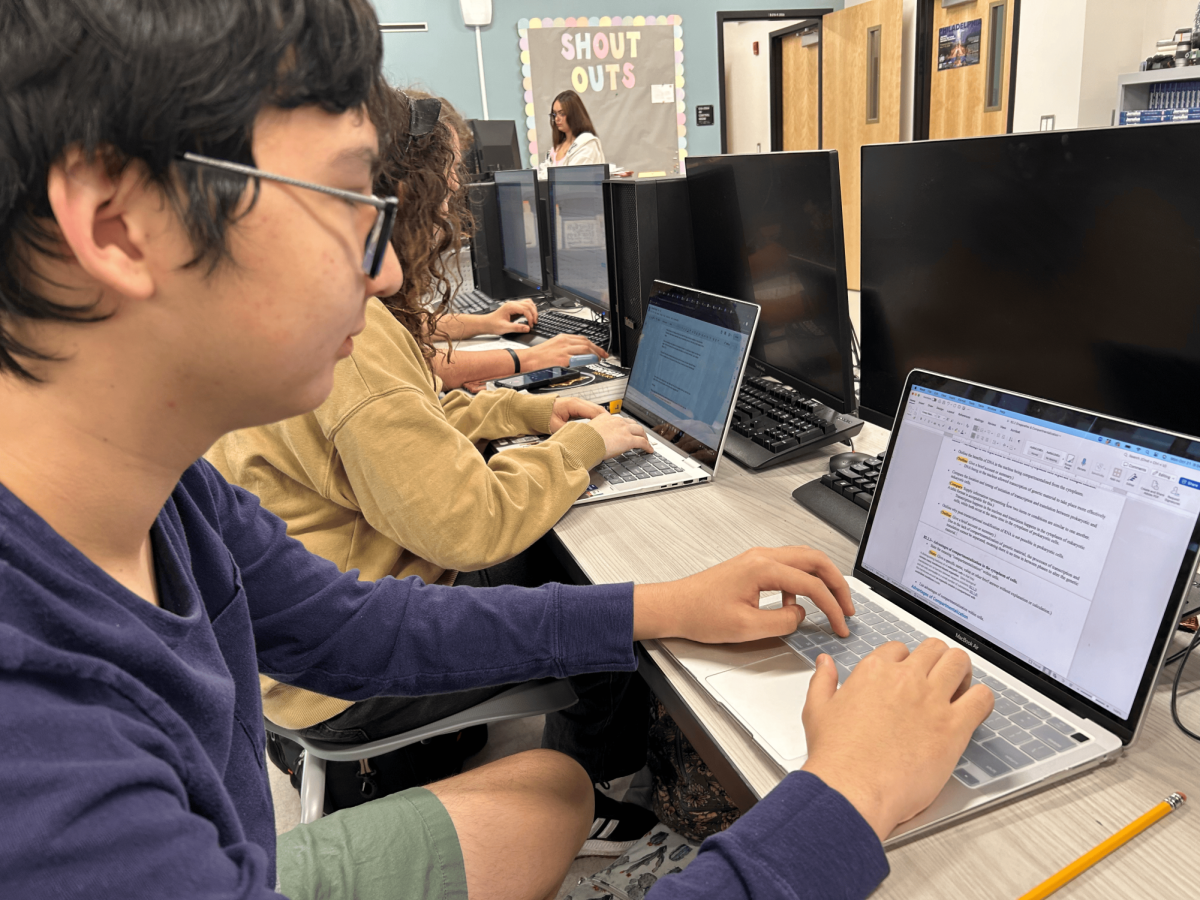Returning to school after a natural disaster can be a seemingly insurmountable task thanks to the seemingly endless stream of tests, quizzes and homework to make up. There are, however, a few tips that can help to get back on track.
#1: Use a ‘chunking’ technique
When faced with large problems it can often be helpful to divide the larger problem into a few smaller ones and face them one at a time. For example, you could return to normalcy on a class-by-class basis if you complete your work based on the classes which need the greatest improvement first.
#2: Keep a consistent schedule
Though it can be tempting to procrastinate with the quarter’s extension, it is important to keep in mind that as old work is made up, new work gets pushed back more and more. This means that the class pace is likely to move faster for a few weeks after the storm. Due to the increase in pace, it is important to stick to a schedule and ensure you don’t fall behind making up old work while new work is still coming in.
#3: Communicate with your teachers
Many teachers here at Robinson have gone through the same effects the students face post-hurricane and will likely be very understanding of missing or late work from the hurricane period. It is paramount, however, to communicate with your teachers, to ensure they know WHY your work is late and to allow them to work with you through the next few weeks.
#4: Get enough sleep
Oftentimes when faced with large amounts of work, it is easy to stay up late into the night in order to complete it. While this is an alright strategy if the work is pressing or needs to be completed quickly, it is important to sleep as healthily as possible. This will allow you to complete your assignments with a clearer mind and can help with mental health upkeep when faced with large amounts of work.
#5: Try using the Pomodoro Method
Working for the large stretches of time required to make up a lot of work can be difficult, but a good method to manage the work is the Pomodoro Method. The method involves setting a timer for how long you will work (usually around twenty-five minutes), working for that amount of time, and then transitioning to a five-to-ten-minute break. This repeats four times before you take a longer break (normally closer to thirty minutes). This method helps to keep focused and work without swift burnout.


